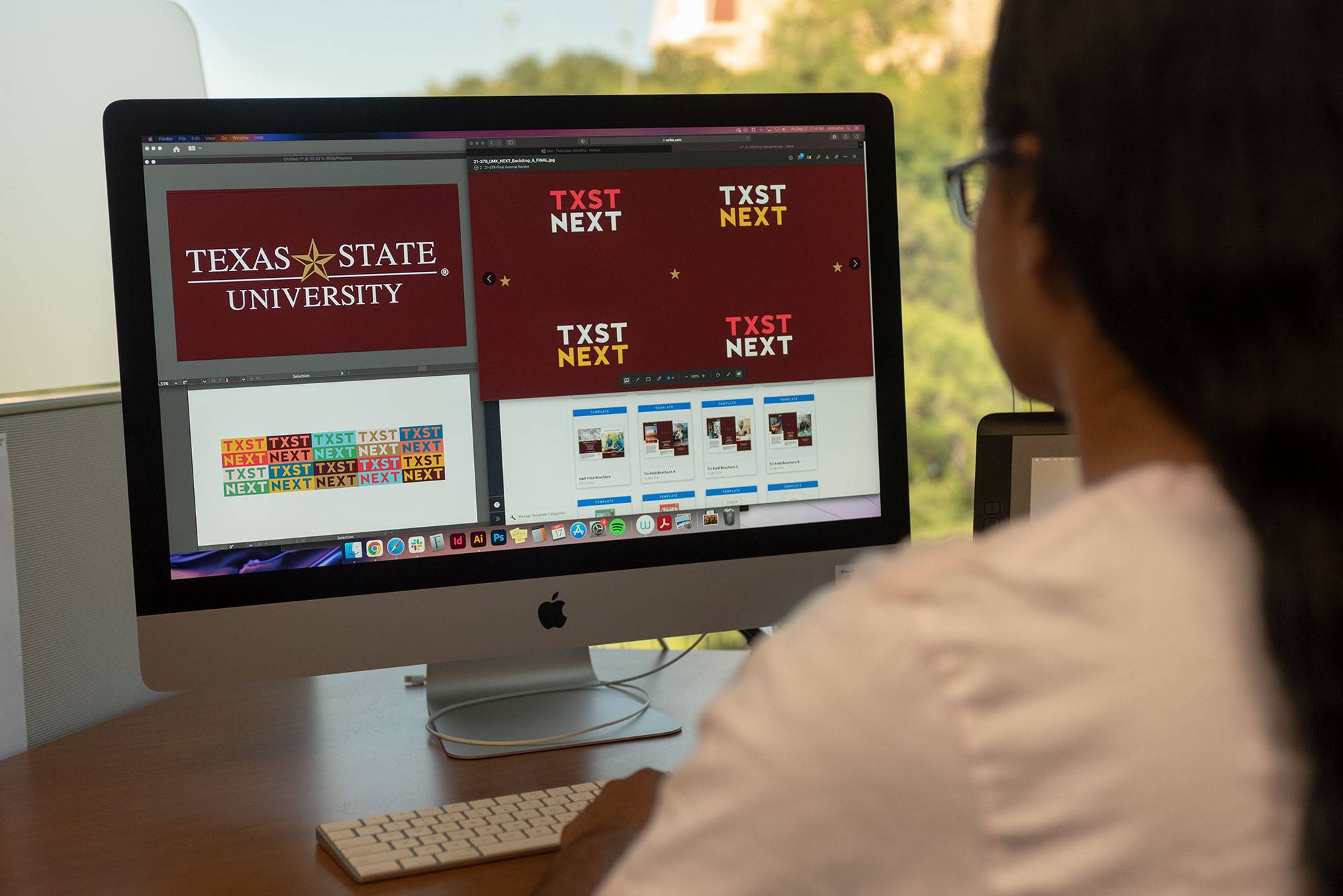Photo and Video Release
The Office of University Marketing may ask you to complete this release form so we can use your likeness in connection with the university’s activities and programs. Please contact us if you have any questions.
When Do I Need a Written Consent and Release?
The general rule is that you should always obtain a person’s consent before you photograph or videograph the person. However, there are some circumstances which present exceptions to this general rule.
Setting and Expectation of Privacy
If you are using a subject’s name and/or featuring them in a photo or video story, you always need a written consent and release.
If you are taking a crowd shot in a public place and individuals in the shot are not discernible due to the large number of persons in the shot or the distance between the camera and the individuals, you will not need a written consent and release.
If you are taking a crowd shot in a public place and the persons will be clearly discernible, it is always best to ask for verbal consent. In such circumstances, you should develop a practice of always asking for verbal consent.
In general, you will need a written consent and release if you are shooting in a setting with a reasonable expectation of privacy. If you are shooting in a public space, where there is little privacy expectation, you do not need a written consent and release for individuals.
Example scenarios and reasoning:
- Quad, Sewell Park, commencement. In a public space or at a public event, there is little expectation of privacy, and you can take crowd shots without written consent and releases assuming the individuals in the shot are not discernible.
- Classrooms. A classroom has some expectation of privacy. Secure written permission from the professor to take photos in their room. Before starting, inform students that you intend to take photos and that they should let you know if they do not wish to be photographed. All students should be allowed to opt out and should not have to leave the class or be singled out if they decide to opt out. Frame your photographs accordingly once you are aware of the opt-out students. After giving this notice and letting people opt out, you do not need a written consent and release from each student.
- Residence halls. There is an expectation of privacy in residences, so always secure written consent and releases before shooting here.
- In highly private settings such as the Counseling Center or the Student Health Center, use a staged photo with models who have signed releases, rather than candid shots of students who are actually accessing the services.
Use
Your intended use of the photo or video may affect whether you need a written consent and release. If you are using the photo in paid advertising, you will need a written consent and release. If you are using the photo in an informational way or to convey general news (such as in a Facebook post about a successful event), you likely do not need a written consent and release subject to the guidelines stated above.
Release Location and Storage
Texas State University’s photography written consent and release is located on the University Marketing website on this page.
Written Consent and Releases should be kept in either hard copy or scanned digital form by the department taking the photos or videos.
General Usage Guidelines
Written Consent and Release needed:
- You are naming or featuring the subject in your story.
- Setting has an expectation of privacy.
- You are using the photo/video for paid advertising.
No release necessary:
- Setting has no expectation of privacy.
- Faces are indistinguishable.
- You’ve secured verbal consent and given a chance to opt out.
